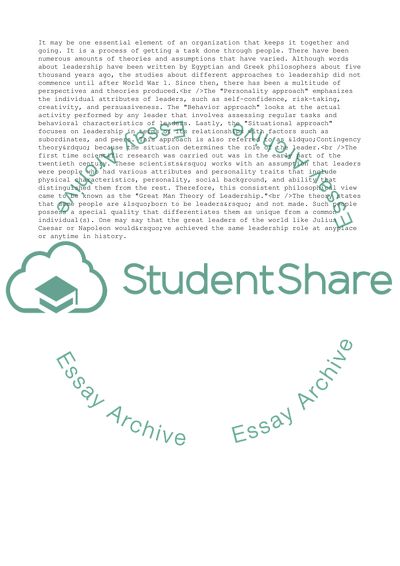Cite this document
(BUSINESS ORGANISATIONS Coursework Example | Topics and Well Written Essays - 1750 words - 1, n.d.)
BUSINESS ORGANISATIONS Coursework Example | Topics and Well Written Essays - 1750 words - 1. https://studentshare.org/management/1545616-business-organisations
BUSINESS ORGANISATIONS Coursework Example | Topics and Well Written Essays - 1750 words - 1. https://studentshare.org/management/1545616-business-organisations
(BUSINESS ORGANISATIONS Coursework Example | Topics and Well Written Essays - 1750 Words - 1)
BUSINESS ORGANISATIONS Coursework Example | Topics and Well Written Essays - 1750 Words - 1. https://studentshare.org/management/1545616-business-organisations.
BUSINESS ORGANISATIONS Coursework Example | Topics and Well Written Essays - 1750 Words - 1. https://studentshare.org/management/1545616-business-organisations.
“BUSINESS ORGANISATIONS Coursework Example | Topics and Well Written Essays - 1750 Words - 1”. https://studentshare.org/management/1545616-business-organisations.


